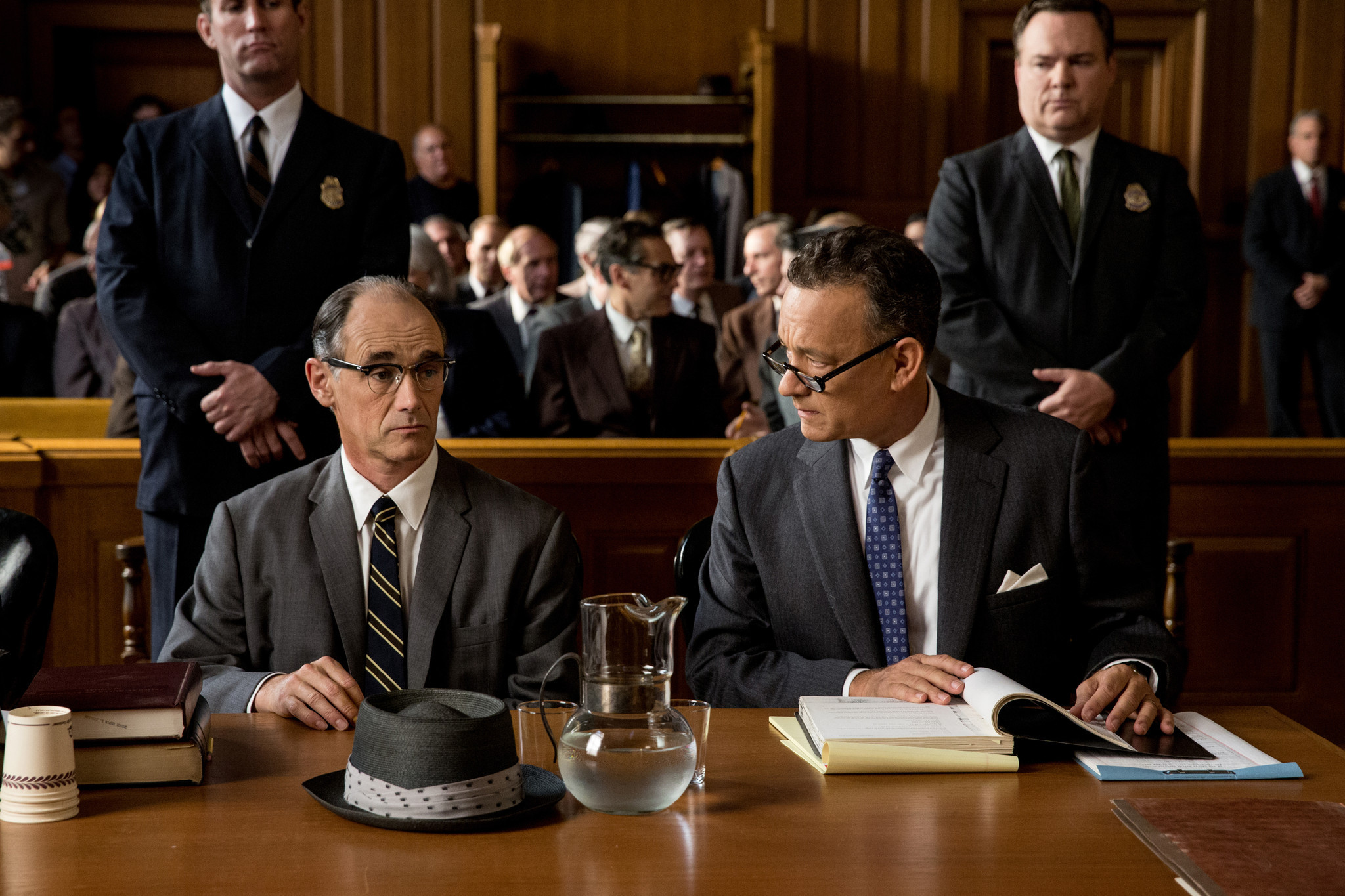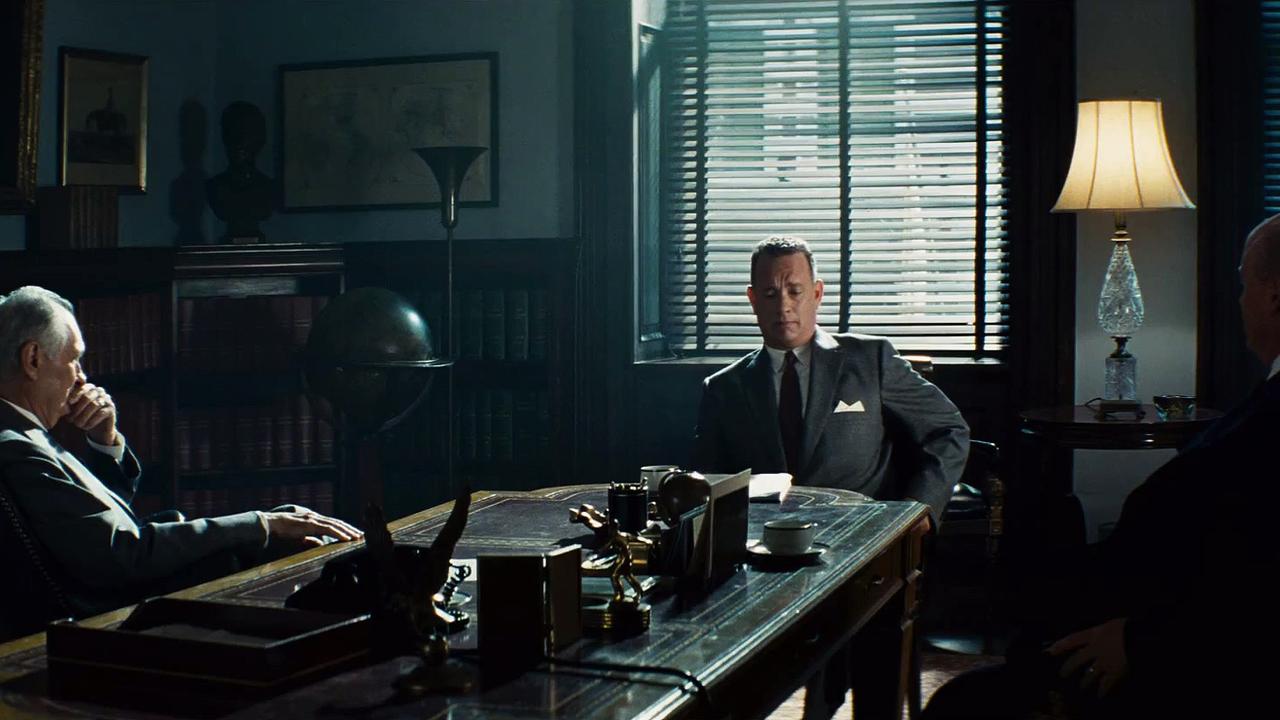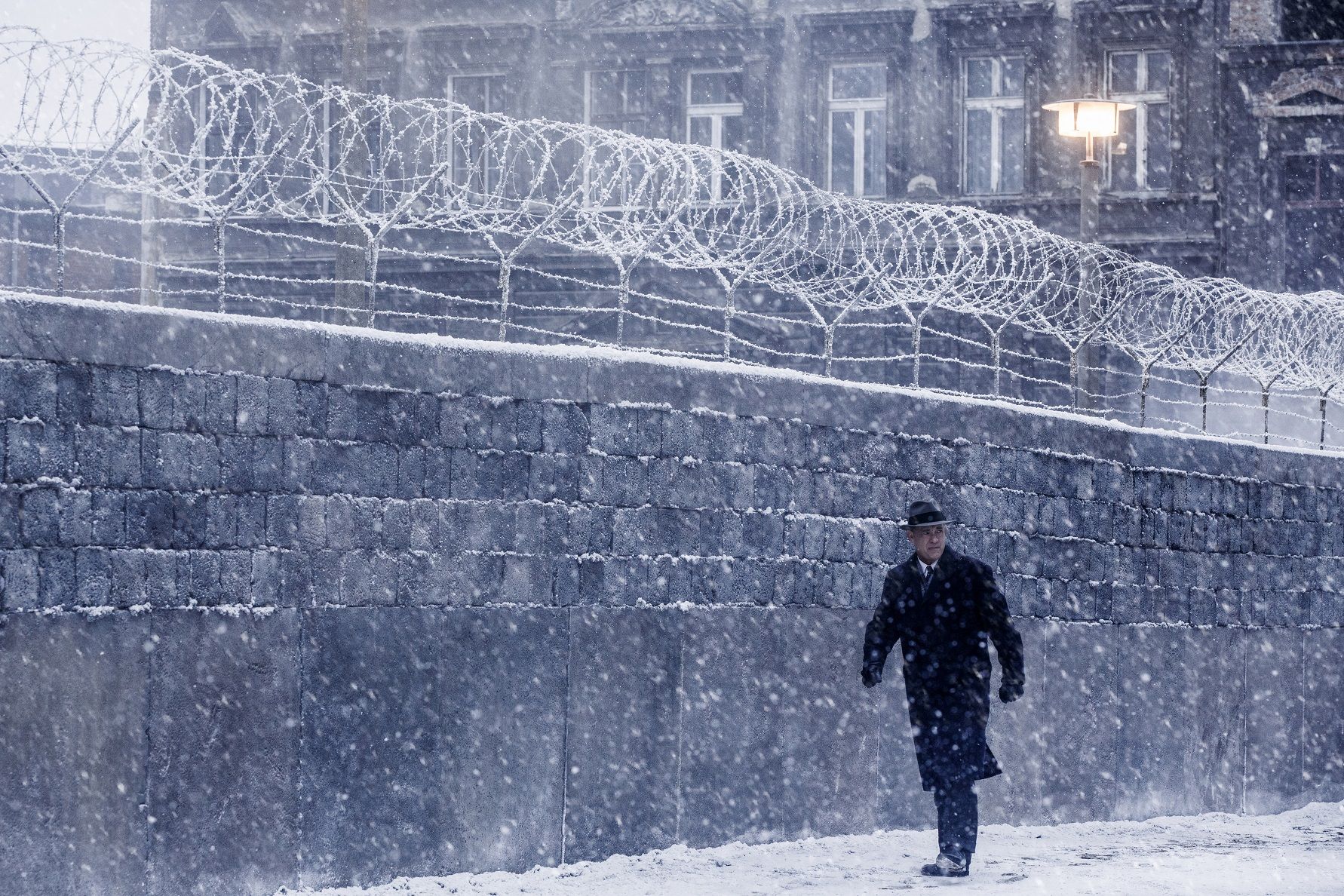How accurate is “Bridge of Spies”?
When a film claims to be based on real people or inspired by true events, our minds often embark on a natural line of questioning: how accurate is this film, and how much did the filmmakers fabricate for dramatic appeal? The answer might not affect the film’s success as a work of storytelling and entertainment. Yet understanding the facts that precede Hollywood’s interpretation of a story, evaluating the accuracy of the details portrayed and identifying the larger-than-life liberties can help us digest the piece and categorize it in our mental repository as history either re-imagined or re-created.
With the likes of Schindler’s List (1994) and Amistad (1997) in his filmography, Steven Spielberg is no stranger to historical fiction. He’s earned a reputation for being able to skillfully maintain historical accuracy while finding drama within the truth. Critics have praised both Bridge of Spies (2015) for capturing that same factual authenticity while adding dramatic falir that doesn’t distort but reinforces American values. NPR’s John Powers said, “With the red scare safely behind us, this real-life story takes us inside the prosaic details of that era’s bargaining and posturing while also viewing it with historical perspective. It’s above the Cold War, rather than caught within its passions.

Bridge of Spies (2015)
Bridge of Spies tells the story of James Donovan (Tom Hanks), a family man, World War II Naval Commander and lawyer who served as an associate prosecutor during the Nazi Nuremberg Trials and co-founded the Watters & Donovan Law Firm in New York. The real-life Donovan was hired by the US government to defend Russian spy Rudolf Abel (Mark Rylance) in the early 1960s during the Cold War. In the film, Donovan is hesitant to accept, recognizing that by agreeing to defend someone in opposition to America, particularly a Russian spy, Donovan would run the risk of becoming a lightning rod for the country’s growing paranoia of Soviet Russia. Yet, driven by his belief in justice for every man, Donovan eventually agrees to represent Abel. The trial bears the unpredictable fruit of friendship (of sorts) between the the two men, as they form a bond forged by mutual respect and ideological commitment. The screenplay is based on Donovan’s own memoir recounting the events, “Strangers on a Bridge.”
In reality, Rudolf Abel was captured thanks to his assistant, Reino Häyhänen, who turned him in after the two became unhappy with one another following a decade of spying on American soil. (The YouTube channel “It’s History” discusses the history of his capture.) Abel had complained about Häyhänen’s behavior to Moscow, and, instead of returning and potentially facing execution, Häyhänen fled to the Parisian US Embassy and revealed Abel’s location and stature as a spy. As portrayed in the movie, Donovan was a family man and insurance lawyer. Also true to life, he was reluctant to defend Abel but agreed to do so because of his belief that by “giving Abel an honest defense to the best of my ability, I would be serving my country and my profession.” (Donovan, James B., Strangers on a Bridge. New York: Atheneum, 1964)

Many other details of the film, including Donovan’s wife’s dissatisfaction with Donovan’s choice to defend Abel and Donovan’s insistence that the judge not give Abel the death penalty, can be confirmed in Donovan’s memoirs of the time, although their circumstances were modified for the film.
Like any Hollywood production, Bridge of Spies isn’t without its exaggerations. For instance, Donovan’s home windows were not actually shot out by anyone. He did, however, receive a barrage of letters and threats. Often, films simplify large strings of behavior with one ramped-up action sequence: here, shooting out his windows represents the pervading atmosphere of fear that he and his family confronted, if they were perhaps less intensely life-threatening attacks. Other minor details, like the moment when East German youths steal his overcoat, were also fabricated for dramatic effect. (As History Vs. Hollywood explains, “In his book Strangers on a Bridge, [Donovan] does talk about nervously walking through a group of ten or twelve seemingly homeless East German youths with cigarettes dangling from their mouths. However, they did not steal his overcoat or give him any trouble.”)

Overall, the accuracy of the “important” details in Bridge of Spies are as true to form as Hollywood productions tend to get. And even more important than the historical details to many viewers is the accuracy of the time period’s aesthetic in departments like production design and costumes, and Bridge of Spies has been lauded for getting these parts right. War is Boring writes, “Bridge of Spies’ attention to detail is incredible. The costumes, props, military information and spycraft techniques are all pretty close to historically accurate. Charman and the Coens streamlined the details of the story, but the broad strokes remain true. The real-life case was, of course, more complicated than the film makes it out to be, but Spielberg and the Coens do a commendable job of preserving the essence of the true tale while delivering an entertaining film. Donovan’s moral character is almost too good to be true, and the USSR and GDR are almost too weird to be believed.”
Popular Mechanics furthers that sentiment, referring to the film as “pure Cold War history porn” and calling it “an enjoyable and very accurate retelling of the 1960 U-2 incident.”
For further reading, a thorough side-by-side comparison of film events vs. real life details can be found at History Vs. Hollywood or Biography.com.

